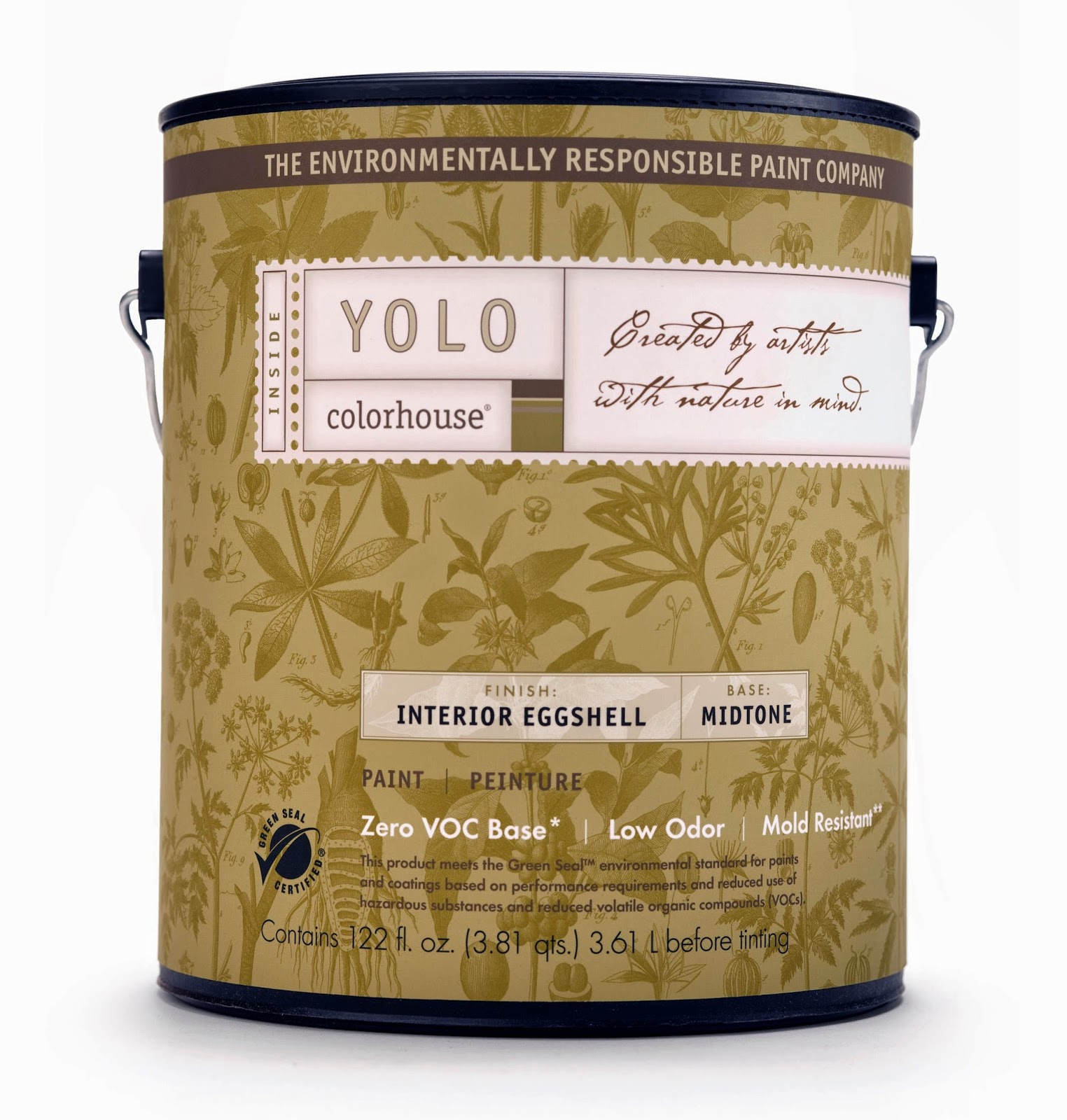What
exactly makes one building material green and another not? A selection
process of course! A material to be considered green has to fall under the
following criteria: resource efficiency, indoor air quality, energy efficiency,
water conservation, and affordability. A product is considered to be green
based on the impact that the product will have on the environment throughout
its life.
To
assess the products before they are deemed to be green there is a product
selection process, which involves research, evaluation, and selection. This process starts
with the finding of different manufacturer’s products and information on them.
This step also usually involves researching environmental and other issues that
may arise in relation to the product.
In the evaluation part of the process the product is tested and
the manufacturer’s information is compared with the information that is found
by the testing agency. A life cycle assessment (LCA) is also done, and looks at
the product from the production process (and where the materials come from) to
the expenses that will accumulate from the utilization of the product.
The
final step is the selection process. This part utilizes the scores that are established
during the evaluation part of the selection process. The higher the score, the
more environmentally friendly attributes it will have. This can also be done on
a project-to-project basis so the right products will be utilized for the project.
If you would like to find more information you can go to the
following resources:
http://www.calrecycle.ca.gov/greenbuilding/materials/CSIArticle.pdf



























